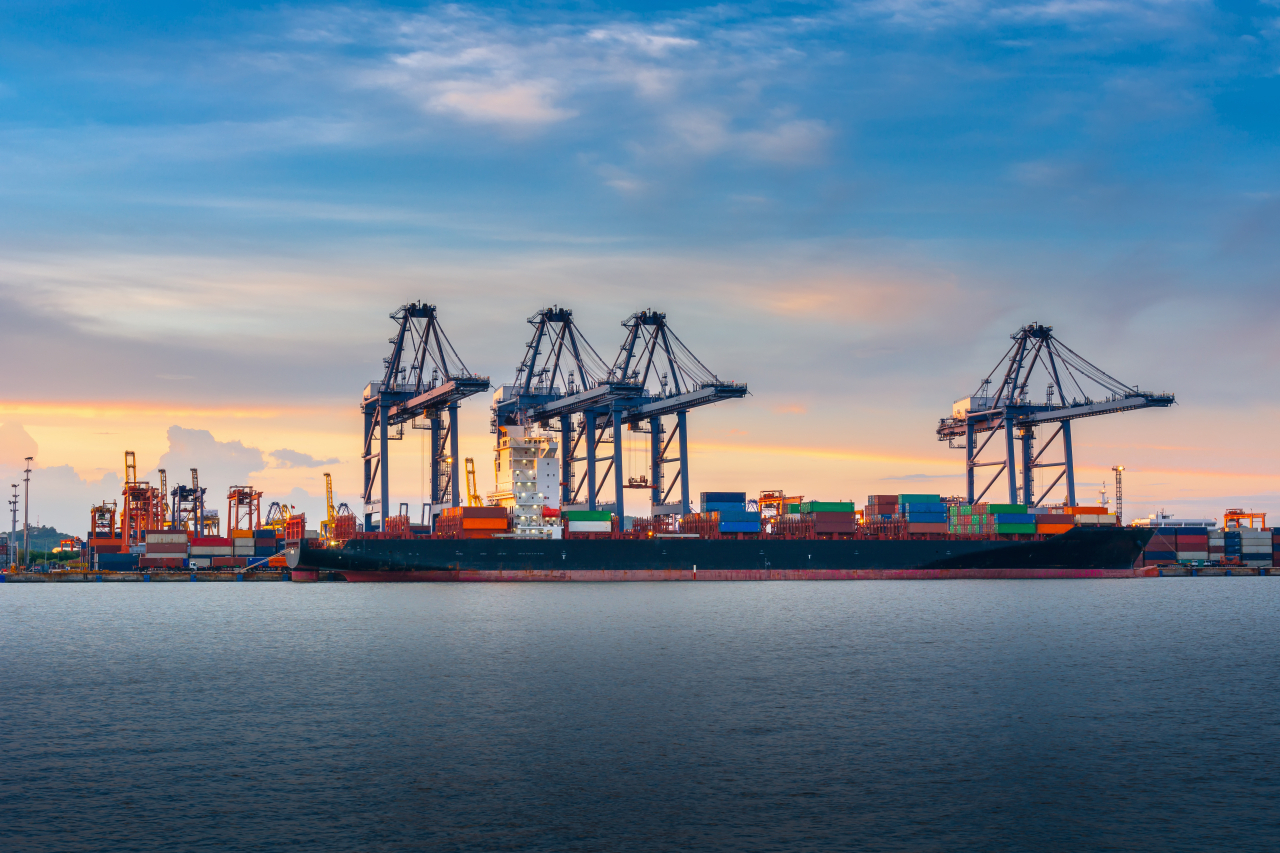
The South Korean economy grew at its slowest pace in a year in the third quarter despite beating market expectations, as poor net exports offset consumption and investment, the Bank of Korea’s advance estimate showed Thursday.
The country’s gross domestic product -- the value of all goods and services created -- grew 0.3 percent in July-September from the previous quarter, slowing from a 0.7 percent gain in April-June. Annually, the economic output posted a 3.1 percent increase in July-September following a 2.9 percent rise in April-June.
But the latest reading of 0.3 percent, slightly above 0.1 percent forecast by market participants, marks the slowest growth since the third quarter of last year. Net exports knocked down growth by 1.8 percent on higher import bills, offsetting consumer spending and corporate investment in facilities, which added 0.9 percentage point and 0.4 percentage point, respectively, to the expansion.
Still, the central bank maintained that the economy could grow 2.6 percent annually for the year -- a target the bank said would be within grasp if the economy avoided negative growth in the fourth quarter. Uncertainties, however, were too high to offer a growth forecast for the remaining October-December period, the bank noted.
“A slowdown in consumption recovery is expected, prompted by higher borrowing costs and inflation. … Exports so far this month had already shrunk from a year before,” a senior Bank of Korea official said, echoing a similar sentiment shared by most analysts flagging concerns over a downturn. A global rush to lifting borrowing costs to fight off persistently high inflation, with supply chain glitches adding to growth woes, has put policymakers in a bind.
Currently, the BOK -- one of the first central banks to have started raising interest rates since the coronavirus pandemic gripped the global economy in early 2020 -- is openly backing inflation control over growth support. The policy rate, standing at a 10-year high of 3 percent, is expected to rise to 3.5 percent by year-end if another rate hike of 50 basis points, twice the usual size, takes place for the third time this year at the November meeting. The outsized hike first took place in July, when the annual consumer price increase climbed to a 24-year high of 6.3 percent.
However, the central bank could tamp down the pace of tightening, since the seven-member board that makes a rate decision was split when lifting borrowing costs by an unprecedented 50 basis points early this month. At the time, the BOK governor was wary of being specific about the November hike because he had just reversed his August guidance that supported sticking to 25 basis point increases for the year.
Meanwhile, the board eased the bank’s collateral policies for local financial institutions seeking loans, in its first step toward preventing a recent credit default from spilling over into the wider financial market. A local developer backed by Gangwon Province defaulted on debts worth 205 billion won ($144 million) this month. The province advanced the repayment deadline to Dec. 15 from Jan. 29 next year, amid pressure to restore market calm.
The unexpected failure to deliver on the top-rated, asset-backed commercial papers -- invested by 10 local brokerages -- spooked investors and triggered a sudden freeze across the bond and short-term money markets, forcing the government to reveal over the weekend liquidity facilities worth at least 50 trillion in total. Sixteen trillion won is earmarked for corporate bonds.
A repurchase agreement facility worth about 6 trillion won will be put in place until January next year to provide additional support for brokerages, the central bank added. It said the three-month aid package was “transitory” and “consistent with the direction of policy tightening in place.”








![[KH Explains] Hyundai's full hybrid edge to pay off amid slow transition to pure EVs](http://res.heraldm.com/phpwas/restmb_idxmake.php?idx=644&simg=/content/image/2024/04/18/20240418050645_0.jpg&u=20240419100350)







![[From the Scene] Monks, Buddhists hail return of remains of Buddhas](http://res.heraldm.com/phpwas/restmb_idxmake.php?idx=652&simg=/content/image/2024/04/19/20240419050617_0.jpg&u=20240419175937)

![[KH Explains] Hyundai's full hybrid edge to pay off amid slow transition to pure EVs](http://res.heraldm.com/phpwas/restmb_idxmake.php?idx=652&simg=/content/image/2024/04/18/20240418050645_0.jpg&u=20240419100350)

![[Today’s K-pop] Illit drops debut single remix](http://res.heraldm.com/phpwas/restmb_idxmake.php?idx=642&simg=/content/image/2024/04/19/20240419050612_0.jpg&u=)